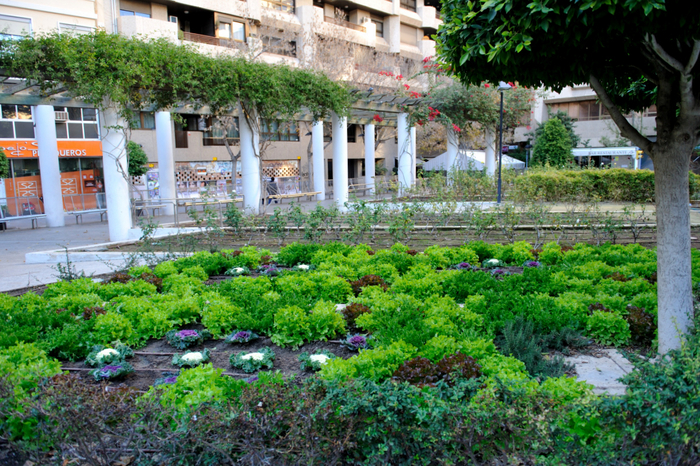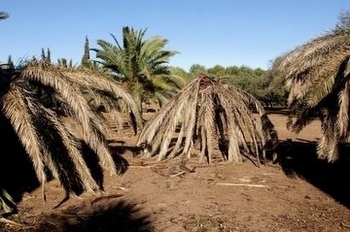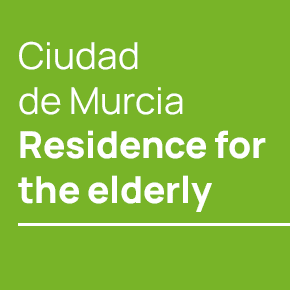

Guidelines for submitting articles to Roda Golf Resort Today
Hello, and thank you for choosing La Torre Today.com to publicise your organisation’s info or event.
Roda Golf Resort Today is a website set up by Murcia Today specifically for residents of the urbanisation in Southwest Murcia, providing news and information on what’s happening in the local area, which is the largest English-speaking expat area in the Region of Murcia.
When submitting text to be included on Roda Golf Resort Today, please abide by the following guidelines so we can upload your article as swiftly as possible:
Send an email to editor@spaintodayonline.com or contact@murciatoday.com
Attach the information in a Word Document or Google Doc
Include all relevant points, including:
Who is the organisation running the event?
Where is it happening?
When?
How much does it cost?
Is it necessary to book beforehand, or can people just show up on the day?
…but try not to exceed 300 words
Also attach a photo to illustrate your article, no more than 100kb

Block planting used with success in central Murcia
A solid structure supports practical block underplanting
Gardeners moving to Spain are always struggling to cope with the demands of the Spanish climate and here in Murcia there are many factors to contend with for those building new gardens.

Temperatures can easily reach 40 degrees in the summer, meaning any plants selected have to be able to withstand extremes of heat, yet in the winter, property owners in the higher areas of the region, such as Moratalla, the higher reaches of the Sierra Espuña and the Altiplano, Yecla, Jumilla etc, must also choose plants able to withstand frost, as temperatures can drop below freezing and occasionally snow does fall in the higher areas.
With heat, comes dryness, and the complicated question of watering. Some of us gardening in the region are blessed with watering systems or wells, while others live in areas with no piped water supply and must catch their rain using guttering, recycle household water for watering or rely on tankered supplies, all of which limits the availability of water for gardening.
Plants designed to cope with excessively dry climates react badly to overwatering, and the commonest mistake made by expats moving to Spain is to overwater, by putting everything on one standard watering drip-feed system and overwatering some of the plants on their line. The most sensible option is to set up a double feed, one handling the structural plants, the other the underplanting, ensuring plants are given the correct amounts of water required for their own individual needs.
And then there’s the wind, which can be ferocious, tearing at soft branches and leaves, and shredding anything that’s not properly staked in an exposed location.
All of which means that planning is top priority when it comes to garden layouts.

A very useful source of inspiration are municipal gardens, which are always designed to cope with the elements specific to their own local climate, so although it’s tempting to wander up the coast in search of new plants, it’s always advisable to look at the planting used by the local authorities which are generally the most sensible lower maintenance plants to use in your own garden.
An interesting example of planting was noted when researching in Murcia City this week, the combination of solid sculptural structure and the use of block underplanting for seasonal variation and low maintenance.
In the UK this is normal stuff, but here in Spain there’s often little seasonal change due to the cost and work involved, as well as the relatively short flowering season.
This garden is a central plaza, the Plaza de Santa Isabel, in the heart of a shopping district and is popular for café snacks and for those taking a breather from their shopping and has 4 main structural elements:
Shade: This is provided by a large structural pergola, using metal uprights and wooden slatting to create a dappled shade and protect the planting below.
Hard structure: The garden is divided into planting beds on different levels, incorporating a children’s play area, seating, walkways linking the different entrance points into the central space and open areas for different community uses. Materials are simple and functional, mainly concrete and natural stone, but effective.
Structural plants: Trees give height and structure and all are clipped into shape to control growth and give a harmonious structure. Ficus and Olives are the two main choices used here, both of which withstand heat, and require minimal watering. These are further supported by underplanted structural plants, again closely trimmed to maintain a shape, Eunonymous, Schefflera, privet, various conifers and rosemary used to create topiaried balls and cones providing all year round structure.
Underplanting, set on a different watering cycle: Block planting created colour interest and covered large shaded area.
For winter this garden used a plant which many disregard as being “boring” yet is one of the most practical underplanting options for those with shaded areas: spiderplants. They are astonishingly hardy, but dislike direct sunlight, yet used in this location look fabulous. Very easy to propagate, they also multiply freely left on the ground and with space to do the job themselves.These were also combined with strelitzias for a height contrast.
Also used in this location were salad crops, prostrate rosemary entwining with various coloured lettuces to create a homely, yet practical ground cover which would have cost very little to plant.
And forming strong bands of dramatic red colour, Cyclamen and poinsettias, which are substituted with geraniums during the summer.
For garden designers and suppliers, see the Murcia Today business directory


















































